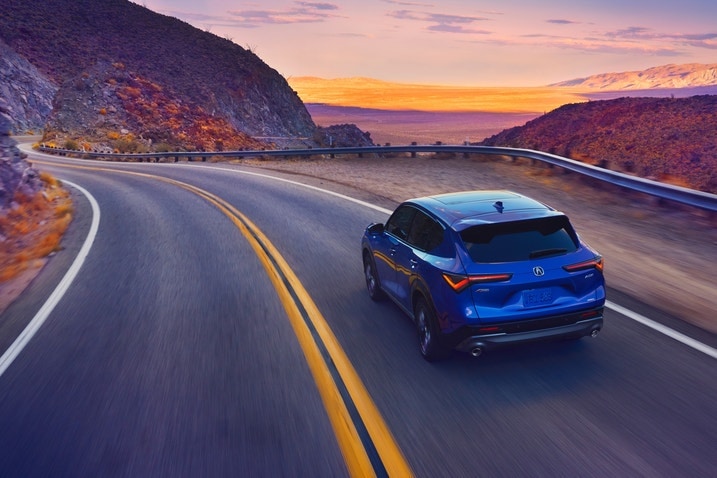As gas prices continue to fluctuate, many people prioritize maximizing fuel economy and ensuring their vehicles run at peak performance. Since the late 1980s, all new cars have been equipped with onboard diagnostics (OBD) systems, a built-in network of sensors and computers that continuously monitor vital components such as the engine, transmission and emissions system. Fortunately, these systems not only help detect potential issues but also optimize performance and ensure compliance with emissions regulations.
You can verify that a car’s OBD system is functioning correctly by performing a drive cycle. This process allows the vehicle’s computer to conduct self-tests on emissions-related components, ensuring that you always get the best performance from your car. We'll explain why it's important and show you how to perform a drive cycle below.
What is a drive cycle?
A drive cycle consists of a series of driving conditions, including acceleration and deceleration, that a vehicle undergoes to check its engine, transmission and emissions systems. The purpose of a drive cycle is to replicate everyday driving scenarios to ensure the car is operating within emission standards. A drive cycle can help prepare your vehicle for emissions testing or ensure repairs have been done correctly.
What do you need to perform a drive cycle?
To correctly conduct a drive cycle on your car, you only need your vehicle, a full tank of gas, and an open road, such as a highway or country road, that allows for consistent speeds. Make sure to plan your route in advance.
Steps of a drive cycle
- Check the vehicle's owner's manual for any further instructions.
- Turn on the engine.
- Idle the engine for at least five minutes so it can reach normal operating temperatures.
- Drive and warm up the engine for a few minutes.
- Drive at 50-55 mph for 10-15 minutes, at 40-45 mph for 10-15 minutes, and at 30-35 mph for 10-15 minutes.
- Accelerate to 60 mph and then decelerate to 20 mph two to three times.
- Drive at a steady speed of 55 mph for five to 10 minutes.
- Drive in stop-and-go traffic for five to 10 minutes.
- Accelerate to 60 mph and hold for 30-60 seconds before decelerating.
- Cruise at around 40 mph for several minutes.
- Come to a stop and let the engine idle for a minute before shutting it off.
- Check the vehicle's diagnostic codes.
Once you've completed the drive cycle, you can run it several times to be consistent. Also, keep in mind that every make and model is different, so the steps and results might vary.
Why is a drive cycle important?
Multiple states require emissions testing by law, which often involves following a standardized drive cycle on a dynamometer. Here, the drive cycle is conducted in a controlled environment. Of course, you can always perform a drive cycle on your own beforehand to make sure your vehicle will pass an emissions test.
Mechanics might also perform a drive cycle after repairing an emissions-related issue indicated by the check engine light coming on. This way, they can ensure everything's in working order before sending the customer back out on the road in their car.


.jpg) by
by .jpg) edited by
edited by 


